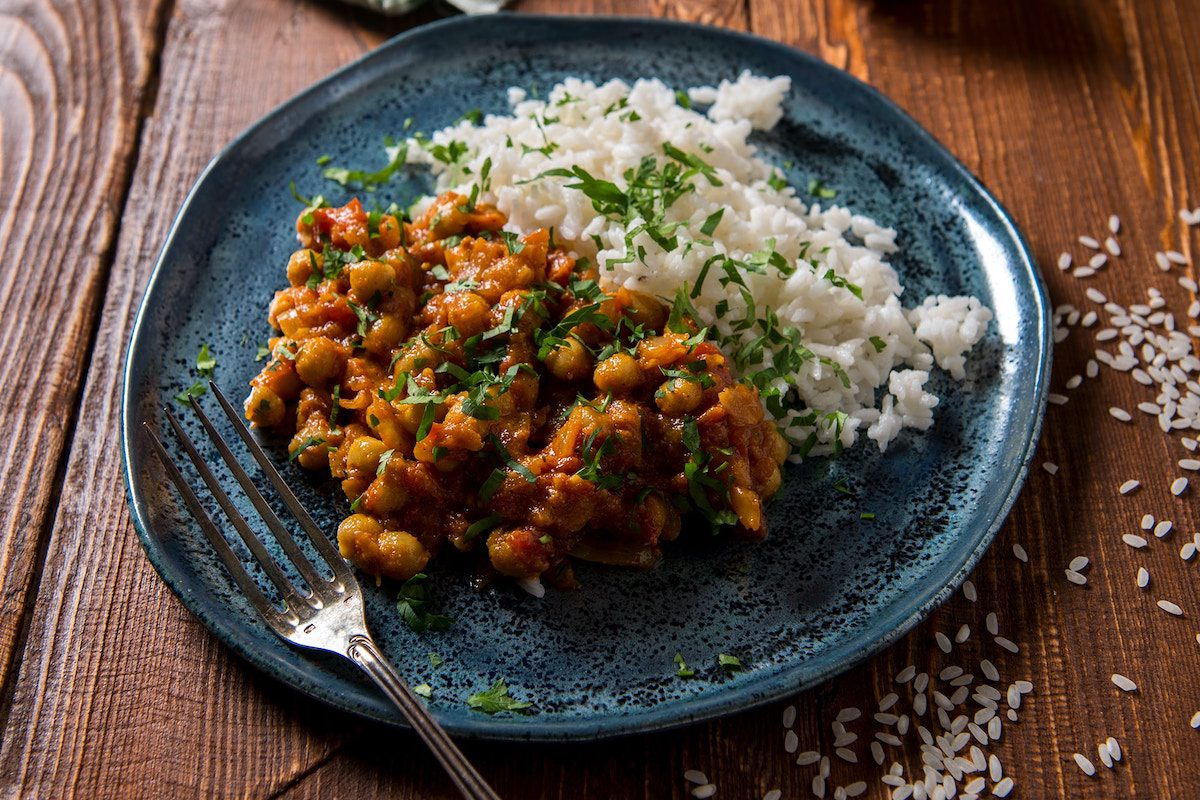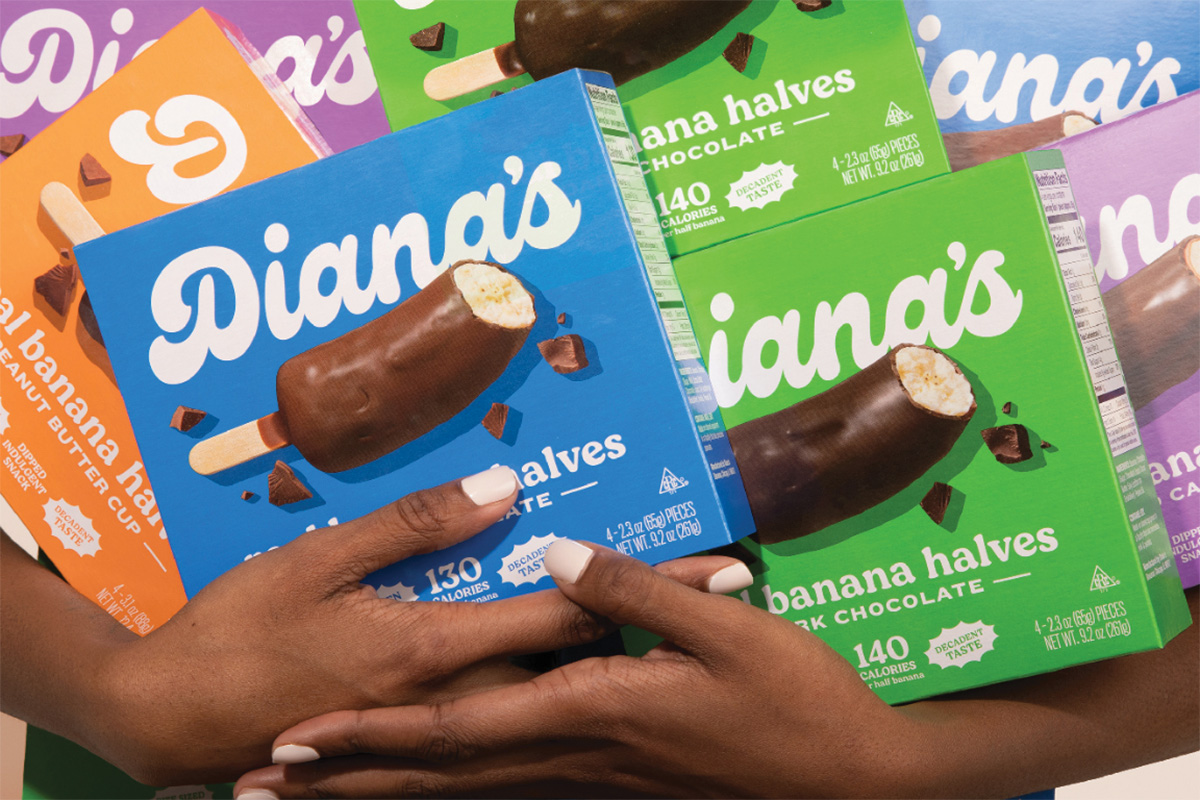Read Between the Labels: Benefits and Misconceptions About “Organic”
As consumers, we’re in an age of becoming more adept at reading labels, asking the right questions, and calling out BS — so it’s no surprise that transparency from brands is becoming increasingly important in our purchase decisions.
But the hunt for valid information is a relentless search. You have to be ready for conflicting research telling you both truthful, evidence-based that somehow still represent conflicting ideas. For example, one day you might hear that eating every two hours is best, another day you may learn that intermittent fasting is better for your health.
Our role as a responsible consumer is more important now than ever to read, test things for ourselves, and take everything with a grain of salt. We are, after all – thanks to social media – in an increasingly powerful position to influence how others shop, think and behave.
That’s why, when fellow aSweatLife writer and registered dietician Kristin Hoddy mentioned to me that many farmers are foregoing the “organic” label but maintaining farming standards with organic quality in mind, I wanted to know more. I’m quick to scan the grocery store for the organic versions of a type of produce versus non-organic, but this made me question why I do that. So, I reached out to two local farm owners to hear what they had to say.

A farmer’s perspective of “organic” may be different than a consumer’s.
“It’s really hard to make a blanket statement about ‘organic’ these days,” Mark Brady, owner of Timberfeast, an Illinois grass-fed meats farm, said. “You can have an organic CAFO (confined animal feeding operation, also known as a factory farm), which does not fall into the ‘healthy’ category.”
Brady explained to me that his farm is less focused on making the facility “organic” and more focused on what kind of life his animals live.
“We choose to raise animals with organic grain in honor of and in support of the earth,” Brady said. “For us it means less dependence on synthetic chemicals, supporting local farmers transitioning over to organic growing, and raising food grown without pesticides.”
From The Farm at Westmont produce farmer David Smits’ perspective, “Certified Organic is a set of practices that are supposed to help ensure that your farm is sustainable in the long run by maintaining your topsoil by using cover crops, using fertilizers that are renewable, and using pesticides that are naturally derived, among other practices.”
For Smits, the label “organic” denotes less about the quality of the food and more about the way his crops are categorized and tracked from seed to delivery.
“It involves a method of record keeping that allows you to trace your crops from seed to delivery to the consumer, so that you have an audit trail for anything that comes from your field. It doesn’t mean that the produce is not sprayed at all. It doesn’t mean that there are more nutrients in organic vegetables. It just means that there are practices that are supposed to keep your farm healthy and producing for the long term, and that you have the documentation to prove it.”
The “organic” label might not represent the whole picture.
For Smits’ farm, some produce is organic and some is not – depending on the type of crop and what makes sense for the land.
“We have approximately six acres of certified organic produce – mostly bell peppers, small peppers, and tomatoes,” he said. “These are in rotation with cover crops so we only ever have half the organic land in actual production.”
Outside of organic production, the farm produces approximately 80-100 acres of conventional vegetables, of which the majority is sweet corn and tomatoes.
“Some things like sweet corn are much harder to grow organically, since it has all sorts of insects that like to eat it, so we don’t grow those organically. When you grow organically you expect a certain percentage of your crops to be lost to pests.”
And while Timberfeast isn’t certified organic, Brady walked me through the process they abide by in order to help their animals live free of harm, chemicals, or unhygienic practices.
“We rotationally graze our animals on grass. They are moved every day! It’s a lot of work. They have access to fresh grass, bugs, and a clean place to poop. This is the key difference between pasture-raising and simply ‘free range’ or ‘cage free.'”
There may be reasons why a farm doesn’t have the “organic” label besides growing inorganic food.
As Smits and Brady reaffirmed, a main reason why a brand or company opts out of organic isn’t because they can’t, it’s because of the potentially logistical bumps in the road to attain organic certification.
“For small farms, it adds quite a bit of work onto an already heavy farm workload,” Brady said. Timberfeast isn’t a certified organic farm, but he continued on to explain why.
“It is fairly easy to have your land certified organic, and then next up would be to certify the vegetables grown on the land,” Brady continued. “For livestock to be certified organic, it has to be processed in a USDA-inspected facility that is also certified organic, and there just isn’t that availability near us in Illinois.”
“I’ve talked to multiple farmers who used to grow organically but they just wanted to grow and sell, not be constantly filling out paperwork and be audited once a year by an organic certifier,” Smits said. “They continue to grow the same way, using all the same organically approved products, but they just don’t do the actual certification.”
And for lots of farmers – including Brady – many of their customers interact with the farm enough to know their business practices; stamping the “organic” label on a piece of paper may ultimately just be superfluous.
“We are a small farm and we interact face-to-face with our customers. They can look me in the eye and ask me how we raise their food. There is a trust that exists, so in a sense we are customer-certified.”
For meat, dairy, and produce purchased in a mass-supply grocery store, on the other hand, it’s a different story.
“The more proxies that exist between you and your food, [the more] you need to rely on that stamp on the front of the package to be sure you’re getting what you think you are,” Brady said.
The best way to shop is to frequent your local farmer’s market.
Brady and Smits recommend at least paying the farmer’s market a visit to ask questions, but supplementing some of your grocery store shopping with farmer’s market produce, meat, and dairy is worth it if you can work it into your budget.
While grocery stores and online grocery shopping are more convenient, you’ll inevitably gamble with the quality of the produce you’re able to pick out.
“Grocery stores often buy and hold produce for much longer than farmers are willing to do, since most farmers don’t have big storage coolers – especially smaller family farms,” Smits pointed out.
“The most good-for-you foods are going to be the ones raised closest to home, so seek those out as much as your budget allows,” Brady said. “Look for pasture-raised dairy, meat, and eggs. Look for organically grown fruits and vegetables – certified or not. Buy [meat and eggs] in bulk direct from a pasture-based farm to access insanely high-quality food at a discount – way better than what you can find at the grocery!”












